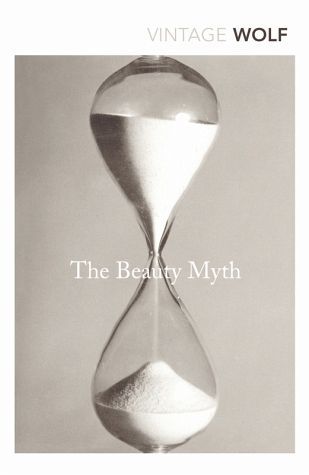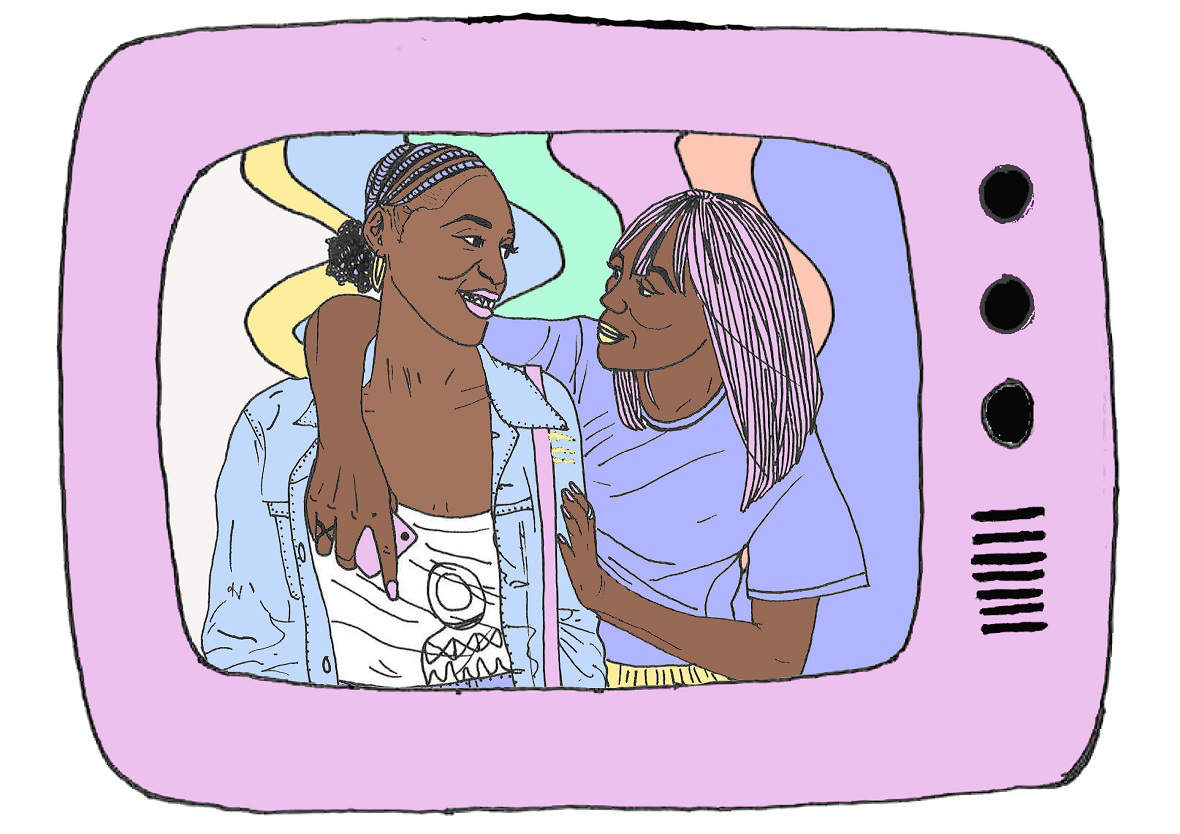
‘We are in the midst of a violent backlash against feminism that uses images of female beauty as a political weapon against women’s advancement: the beauty myth’.
Despite being the same age as me, Naomi Wolf’s highly acclaimed – yet highly criticised – work, The Beauty Myth, is sadly still as relevant in today’s world, where the way women are portrayed, scrutinised and treated publicly in the media and advertisements is still as rife with age-old sexism as it was 27 years ago.
From as far back as there have been men and women, there has always been a power imbalance and in order to keep the second sex at the bottom of this hierarchy, men (and other women too) have had to employ every-changing ways to distract us. Naomi Wolf argues in The Beauty Myth that although women have advanced far beyond the confines of the home, the idea that we must now fit into a narrow and often-changing beauty standard – what she refers to as the ‘ iron maiden’ – to be seen in the public sphere is stopping us from reaching our full potential. In every area of life – from work, culture, religion, sex, hunger and violence – the image of this often impossible beauty standard dogs us and our ability to succeed and overcome our insecurities. In fact, we actively become complicit in these insecurities, policing ourselves and those around us if we aren’t adhering to the beauty ‘ideal’ that is being prescribed at any given moment.
‘A misogynist culture has succeeded in making women hate what misogynists hate’.
At a time when the position of women in the west had advanced at an incredible speed in the twenty-five years or so preceding the publication of The Beauty Myth, the end of the eighties and early nineties also saw an increase in eating disorders, such as anorexia, plastic surgery and the pervasion of pornography (or ‘soft’ pornography) in everyday life. As women were making incredible gains in many arenas, Wolf saw the advent of subtler, more sinister restrictions being enforced which were having the same, if not more, impact on women’s freedoms. Although Wolf’s statistics have been criticised by many as exaggerated and overblown, particularly when citing the number of fatalities as a result of eating disorders in the USA, she groundbreakingly brings to light the connection between images of women in society and the devastating effects they can have, which no other feminist had dealt with before in such detail during the first and second waves of feminism in the seventies and eighties.
‘Where the Rites of Beauty have instilled these life-fearing neuroses in modern women, they paralyse in us the implications of our new freedoms, since it profits women little if we gain the whole world only to fear ourselves’.
Admittedly, Wolf’s research stems from a particularly white-western-female perspective. She only briefly glosses over the added challenges women from other cultures face in a globalised world where images of beauty are of predominantly white cis women and not representative of the array of ethnicities, sexualities, religions and abilities that populate increasingly multicultural societies in the west and elsewhere. However, she does bring up very interesting observations that can be felt universally by anyone who lives in a capitalist society where advertising is impossible to ignore. In every area of life, from our homes, relationships and places of worship to our education and workplaces, idealised images of beauty put increasing pressure and importance on how we should look.
So not only is the beauty myth a patriarchal institution used to keep women in their place, but it is also inextricably sewn into our global economies. There is no doubt that in order for economies to thrive, they have to convince people that they are lacking in some way. The beauty industry, and the huge corporations behind it, are skilled in the art of capitalising on women’s (and more recently men’s) insecurities. By constantly shifting the benchmark of ‘beauty’ so that it’s always out of our reach, they constantly convince consumers to keep investing in their appearance.
It may seem that The Beauty Myth can often repeat itself but that shouldn’t deter from the convincing argument that images of beauty can have very real and damaging effects on women (and men). Almost three decades on, the idea that beauty – which is often equated with youthfulness – is a goal we should all be working towards is still held in high regard. Although the advent of social media and photo-sharing apps like Instagram have given us more autonomy in what we can publish and how we are perceived by others, holding ourselves up to impossible beauty standards is an often painful experience to extricate oneself from. Being able to recognise these images of beauty for what they are – a way in which patriarchal societies and capitalist economies are able to restrict women’s freedoms – and turning to more body-positive and holistic cultural social media and media outputs is one way to combat the beauty myth.
Advertisements Share this:‘Just as the beauty myth did not really care what women looked like as long as women felt ugly, we must see that it does not matter in the least what women look like as long as we feel beautiful’.





